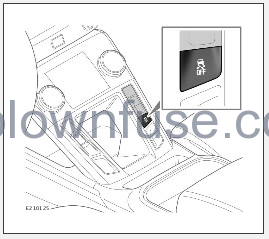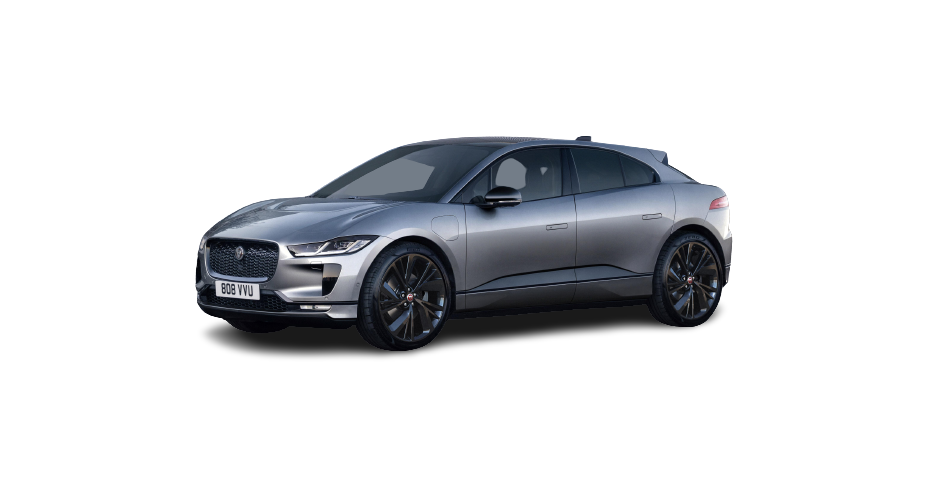 2023 Jaguar I-Pace Stability Control
2023 Jaguar I-Pace Stability Control

DYNAMIC STABILITY CONTROL (DSC) SAFETY
Make sure the following warnings have been read and fully understood before driving the vehicle. Failure to follow the guidance could result in vehicle damage, serious injury, or death.
Dynamic Stability Control (DSC) does not compensate for driver error or misjudgment. The vehicle should be driven with due care and attention at all times. Always drive in a manner that is safe for the vehicle, its occupants, and other road users. Failure to do so can potentially result in a loss of control of the vehicle.
The vehicle may initially have reduced stability and braking performance in extremely low temperatures. In these conditions, drive with extra caution.
DYNAMIC STABILITY CONTROL (DSC) OVERVIEW
Dynamic Stability Control (DSC) helps maintain the vehicle’s stability in critical driving situations, e.g., during unstable driving conditions such as understeer and oversteer. If required, DSC controls the electric motors power output and applies the brakes at individual wheels.
Noise from the braking system may be heard during DSC operation.
- DSC may also activate if wheel spin is detected, to help improve the vehicle’s acceleration performance.
- DSC automatically enables when the vehicle’s electrical system is switched on.
- The amber DSC lamp flashes in the instrument panel when DSC is active. See DYNAMIC STABILITY CONTROL (DSC) (YELLOW).
Cruise control automatically deactivates if DSC or TracDSC activates.
The amber DSC lamp illuminates permanently if the system develops a fault. Consult a retailer/authorized repairer if the fault persists.
TRACDSC
Make sure the relevant safety warnings have been read and understood before driving the vehicle. See DYNAMIC STABILITY CONTROL (DSC) SAFETY.
In addition, make sure the following warnings have been read and fully understood before selecting TracDSC. Inappropriate use of the TracDSC feature could result in an accident, leading to serious injury or death.
Selecting TracDSC may reduce the vehicle’s stability and safety, increasing the potential for a loss of vehicle control.
TracDSC is intended for use by suitably experienced drivers, with sufficient skill and training.
TracDSC should only be used while driving on dry tarmac.
- TracDSC is an alternative DSC setting. TracDSC may increase the vehicle’s traction, although vehicle stability may be compromised.
- TracDSC is selected using the DSC OFF button on the center console. See SWITCHING BETWEEN DYNAMIC STABILITY CONTROL (DSC) AND TRACDSC.
- The DSC OFF amber warning lamp illuminates in the instrument panel when TracDSC is selected. The lamp flashes when TracDSC is active. See DYNAMIC STABILITY CONTROL (DSC) OFF (YELLOW).
SWITCHING BETWEEN DYNAMIC STABILITY CONTROL (DSC) AND TRACDSC
Make sure the relevant safety warnings have been read and understood before driving the vehicle. See DYNAMIC STABILITY CONTROL (DSC) SAFETY and TRACDSC.

Press and hold the DSC OFF button for less than 3 seconds to switch between DSC and TracDSC.
The instrument panel temporarily displays a message to confirm which feature has been selected. The DSC OFF warning lamp illuminates to confirm TracDSC is enabled. See DYNAMIC STABILITY CONTROL (DSC) OFF (YELLOW).
The DSC warning lamp flashes if TracDSC activates. See DYNAMIC STABILITY CONTROL (DSC) (YELLOW)
ALL-WHEEL DRIVE (AWD)
The All Wheel Drive (AWD) system enhances the vehicle’s traction and stability on uneven and slippery roads, and in adverse conditions.
Torque for the AWD system is supplied by the front and rear electric motors. See ELECTRIC VEHICLE COMPONENTS.
The AWD system automatically varies the torque delivered by the front and rear motors to suit the current driving style and prevailing conditions. The current torque delivery status can viewed on the touchscreen as follows:
- Touch the apps icon on the touchscreen driver’s side bar. See TOUCHSCREEN HOME MENU.
- Select AWD.
The instrument panel displays a message if a fault is detected with the AWD system. Reduced vehicle performance may also be experienced. In this event, the vehicle can still be driven, but with extra care. If the fault persists, contact a retailer/authorized repairer at the earliest opportunity.
